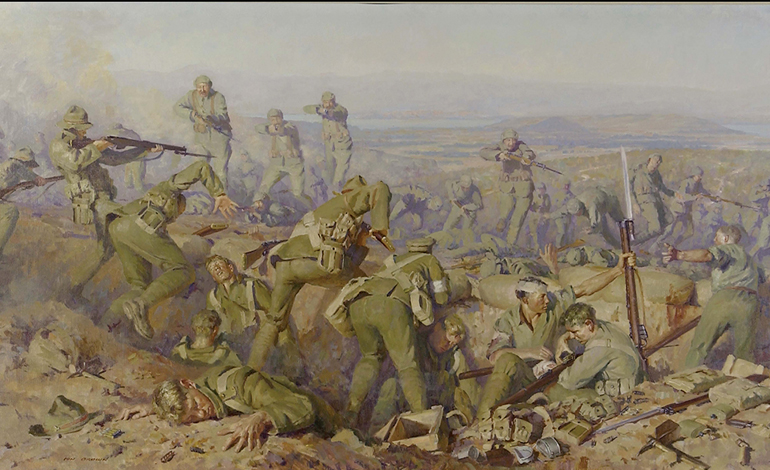
Pavier’s intentions, for the Lord Chamberlain subsequently The King’s Men may have protested against Were apparently intended to form a collection of plays attributed Plays printed by William Jaggard for Thomas Pavier in 1619. The third quarto appeared with the imprint ‘printedįor T.P.’ dated 1608. The second quarto was printed by Thomas Creede for Pavier and appeared Were laying claim to payment if the play should be printed. This entry has not been conclusivelyĮxplained, one theory being that the Lord Chamberlain’s Men The play is also listed in the Stationers’ Register with others Transferred in the Stationers’ Register to Thomas Pavier. It must haveīeen published before 14 August 1600, when the play was among those The first quarto of Henry V appeared in 1600, printedīy Thomas Creede for Thomas Millington and John Busby. Other significant additions include King Henry’s speech before Harfleur (beginning of act 3), and much of the dialogue in the scene of Henry’s wooing of the French Princess (act 5). It adds a prologue, four speeches (at the beginning of acts 2 to 5), and an epilogue, all spoken by the Chorus. The text is twice the length of that in the first quarto. It is generally agreed that this was printed from Shakespeare’s foul papers. Printed from the first quarto, apparently with some editorial

New theatre the Globe, and the play would also have been performed Of Henry V, during 1599, may have been at the Curtain. The play ‘hath bene sundry times playd by the Right Honorable The title-page of the first quarto of Henry V states that Henry V must have been performed in London while Essex was in Ireland.Ĭhronicles of England. In September 1599, against the orders of the Queen, Essex concluded a truce with Tyrone and immediately returned to London without permission. It is generally agreed that the allusion is to the Earl of Essex, sent to Ireland in March 1599 to subdue the rebellion led by Hugh O’Neill, Earl of Tyrone. The speech by the Chorus at the beginning of act 5 of Henry V (in the folio text but omitted from the quartos) refers to the ‘General of our gracious Empress’ who is ‘from Ireland coming, / Bringing rebellion broached on his sword’.

At the end of Henry IV, Part 2, created in about 1597, he mentioned a new play which would take the story into the next reign.

Shakespeare probably created Henry V in 1599.


 0 kommentar(er)
0 kommentar(er)
